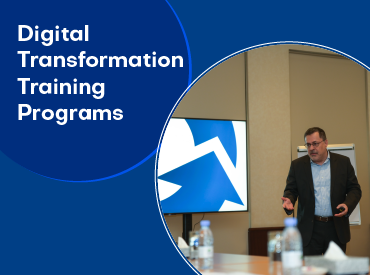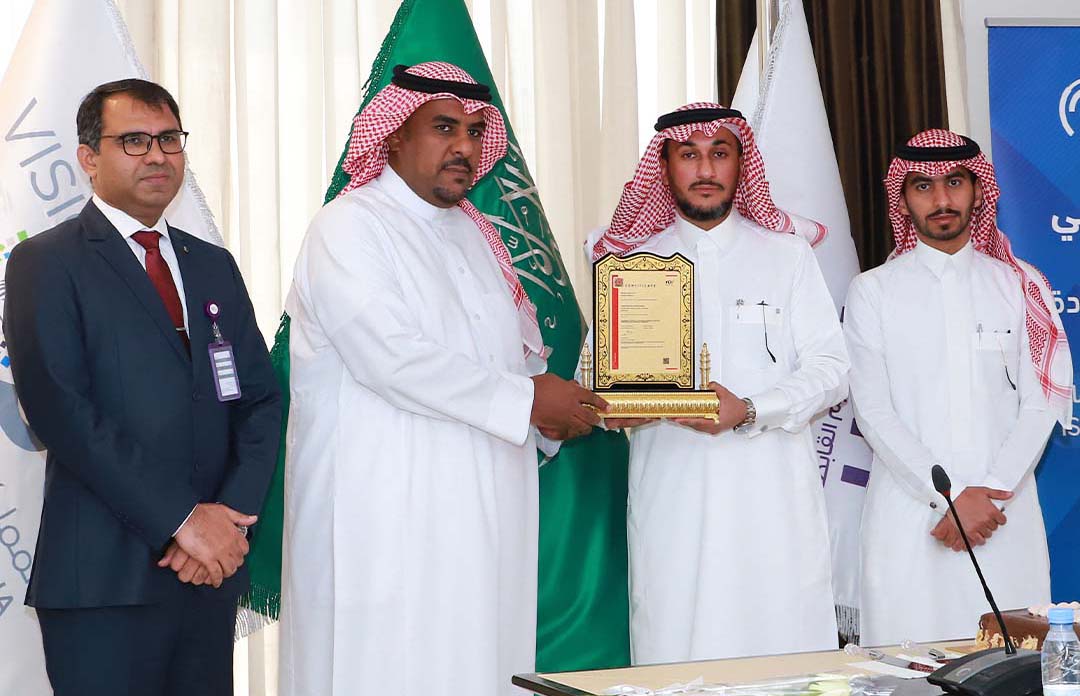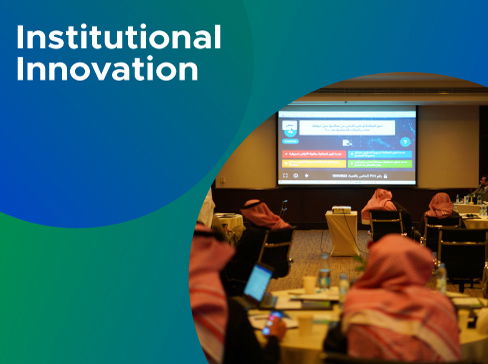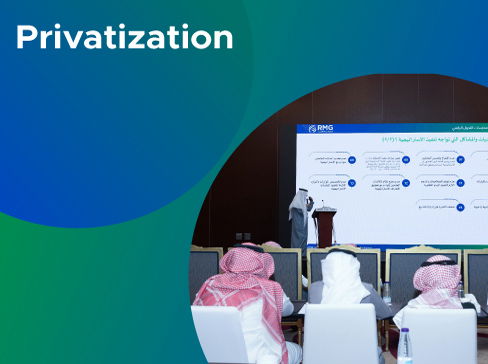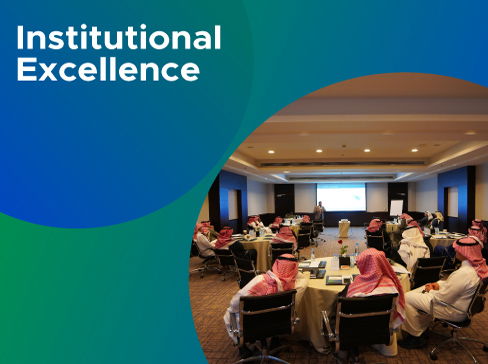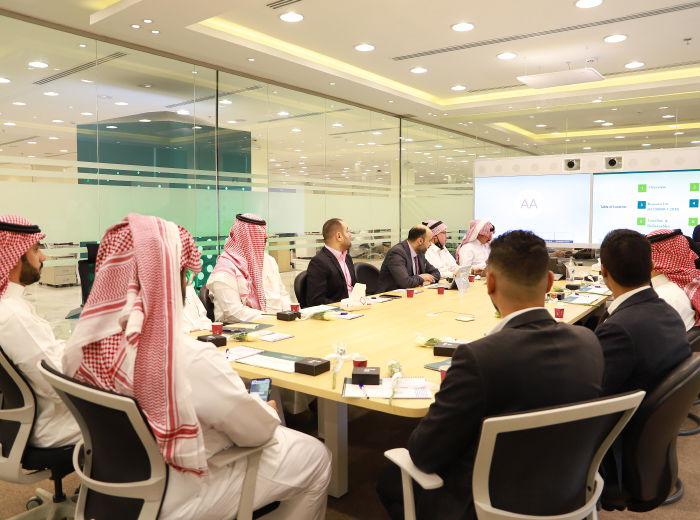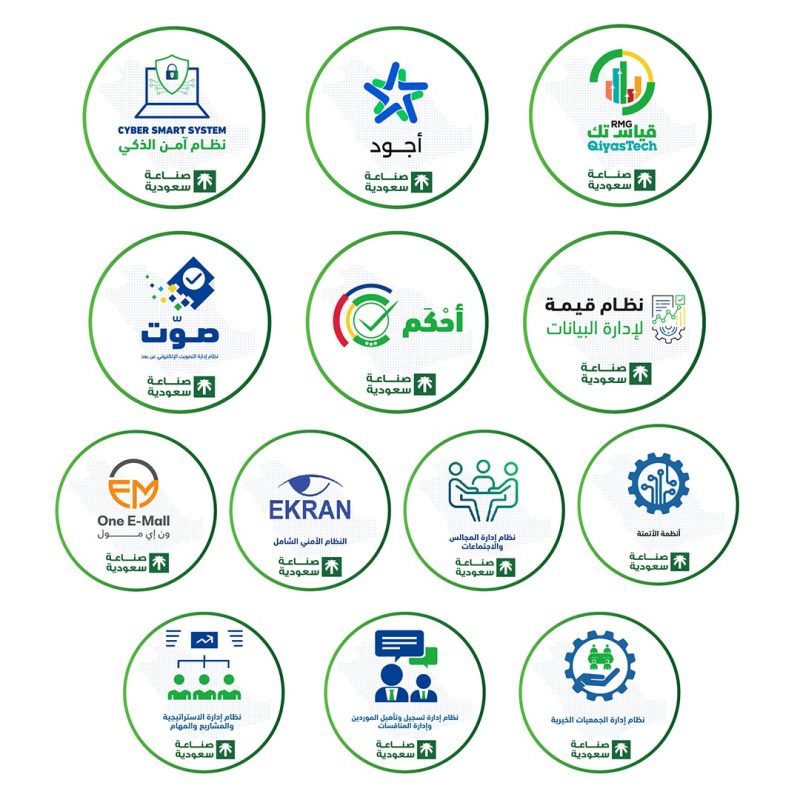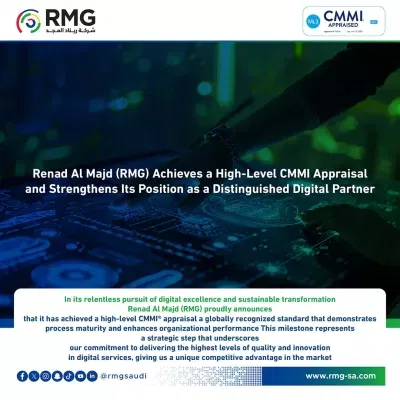Blog Body

Competition among organizations today is fiercer than ever before. Therefore, organizations must strive diligently to achieve excellence in all their activities and operations to reach the summit.
Strategic Excellence Management is considered a fundamental element for any organisation seeking success and sustainability in the competitive business market.
Concept of Strategic Excellence Management:
Strategic Excellence Management is a systematic process aimed at continuously pursuing high performance and excellence in all aspects of work.
This process includes the development of strategies to help the organisation achieve its goals and is based on the concept of excellence, which is defined as “performance above the average.”
Strategic Excellence Management focuses on four fundamental areas of performance:
- Efficiency: It is the ability to perform tasks effectively and efficiently, contributing to increased organisational productivity.
- Effectiveness: It pertains to the ability to achieve desired results and meet predefined objectives successfully.
- Innovation: This involves developing new products and services and improving existing processes, which can better meet market needs.
- Satisfaction: It concerns the satisfaction of both customers and employees, playing a crucial role in building strong and sustainable relationships.

Benefits of Strategic Excellence Management:
There are numerous benefits, including:
- Improved performance in all areas of work through quality control and continuous improvement
- Increased efficiency, which can enhance operational effectiveness and reduce costs.
- Enhanced customer satisfaction by providing high-quality products and services.
- Increased employee satisfaction through providing a positive and motivating work environment.
- Improved profitability by enhancing efficiency and effectiveness.
- Fostering innovation by encouraging creative thinking and developing new products
- Achieving a strong competitive advantage in the market.

Steps to Implement Strategic Excellence Management:
Strategic excellence management can be implemented by following these steps:
- Define the vision and objectives, ensuring they are realistic and achievable.
- Evaluate the current situation and identify strengths, weaknesses, opportunities, and threats.
- Develop an improvement plan that the organisation will use to enhance its performance.
- Implement the plan that has been developed.
- Measure and evaluate progress in plan execution and make necessary adjustments as needed.
Practical Tips for Strategic Excellence Management:
- Establish a clear vision and mission for the organisation and share them with all members.
- Promote values of integrity, respect, and innovation in the organization’s culture.
- Employ modern technologies to enhance processes and improve efficiency, such as the Quality Management System and Strategic Excellence provided by Renad Al-Majd for Information Technology.
- Provide opportunities for employee skill development and raise awareness of the importance of excellence.
- Deliver positive customer experiences and listen to their feedback.
Challenges Faced by Organisations in Implementing Strategic Excellence Management:
Encouraging innovation and excellence may face internal resistance from employees accustomed to routines.
- Selecting Appropriate Strategies:
Choosing the right strategies to achieve excellence can be challenging, as they need to align with the organization’s objectives and enable effective excellence in practical ways.
- Motivating Employees:
Motivating employees to actively participate in the excellence process requires creating a supportive environment for innovation and creativity.
- Resource Allocation:
Allocating human and financial resources for excellence can be a challenge, especially in organisations with limited budgets.
Efforts should be directed towards identifying the correct metrics and indicators for excellence.
- Adapting to Change:
Continuous change in the business world requires organisations to adapt their strategies and processes continuously to maintain a high level of excellence.
- Intense Competition:
Market competition puts constant pressure on organisations to improve their excellence.
- Technological Challenges:
Implementing modern technologies and meeting cybersecurity requirements can pose challenges to achieving excellence.
- Market Trends:
Changes in market needs and customer requirements require organisations to respond quickly to maintain excellence.
Some Solutions to the Challenges:
- Obtain financial and human support from stakeholders such as shareholders, customers, and employees.
- Educate employees about the importance of strategic excellence through training and development programmes and awareness campaigns, with the assistance of experts in the field of strategic excellence management, as provided by Renad Al-Majd for information technology.
- Utilise effective performance measurement tools and techniques, such as the Quality Management System and Strategic Excellence offered by Renad Al-Majd for Information Technology.
The “Plan-Execute-Measure-Improve-Perform” methodology can be applied to a mechanism to assess organisational performance with the help of these systems.
In Conclusion:
In conclusion, we can say that the path for organisations to achieve excellence and maintain a significant impact in the market begins with the effective implementation of Strategic Excellence Management.
Therefore, organisations and entities need to apply distinctive strategies and robust quality management systems to achieve this goal.
Here, you can rely on trusted companies like Renad Al-Majd for Information Technology in Saudi Arabia, which provides innovative quality systems like the Quality Management and Strategic Excellence System, as well as custom solutions to ensure your excellence and success.
They also offer top-notch tools and consulting services to help you improve the performance of your entities and achieve success.






